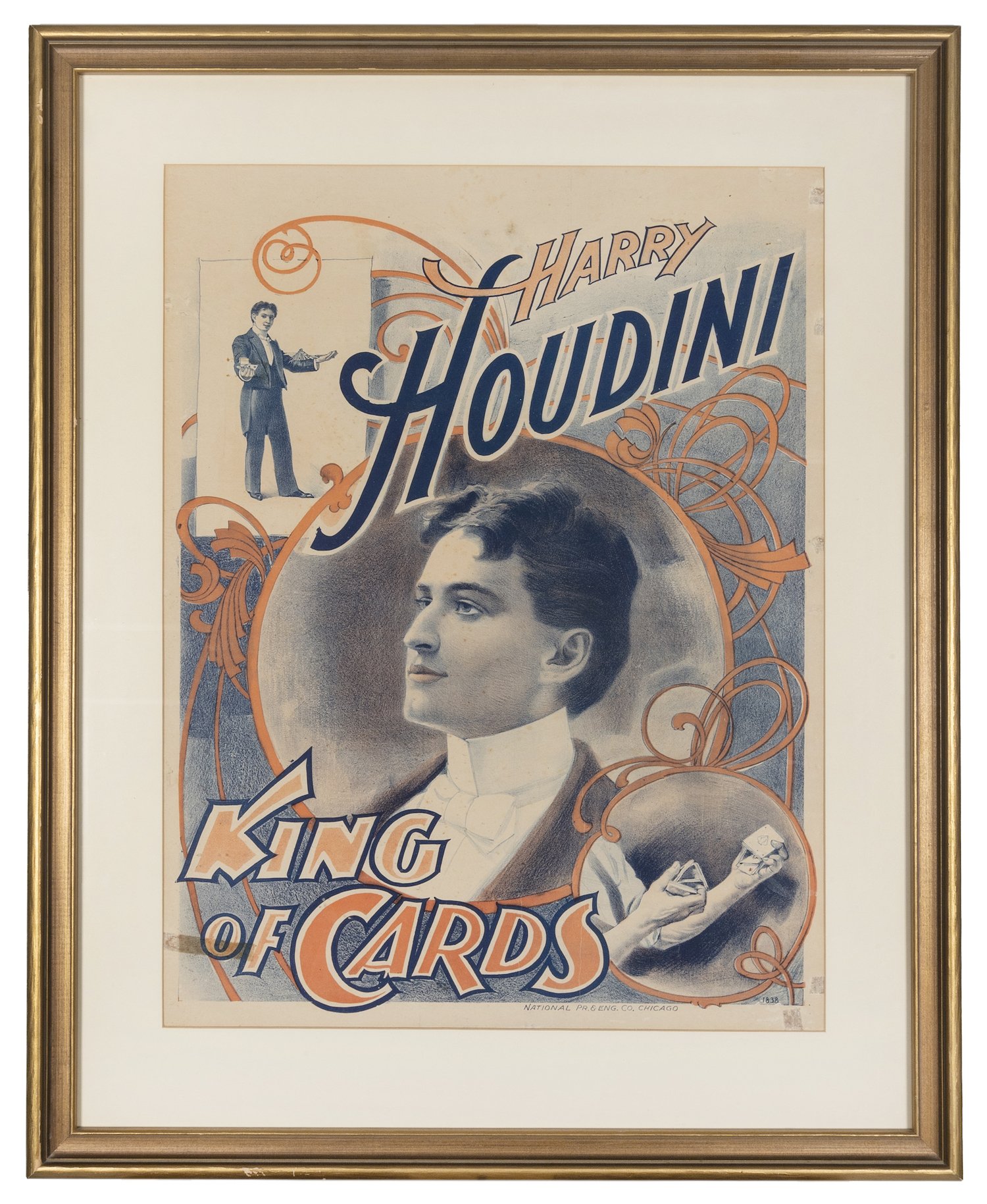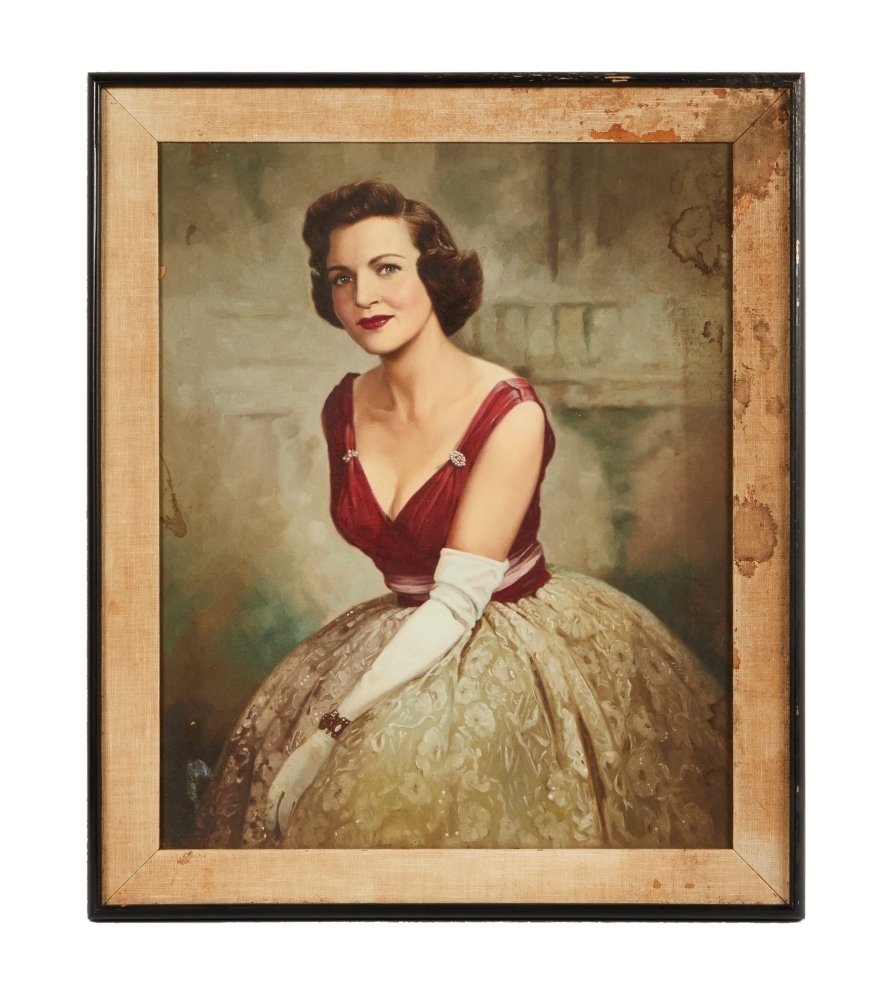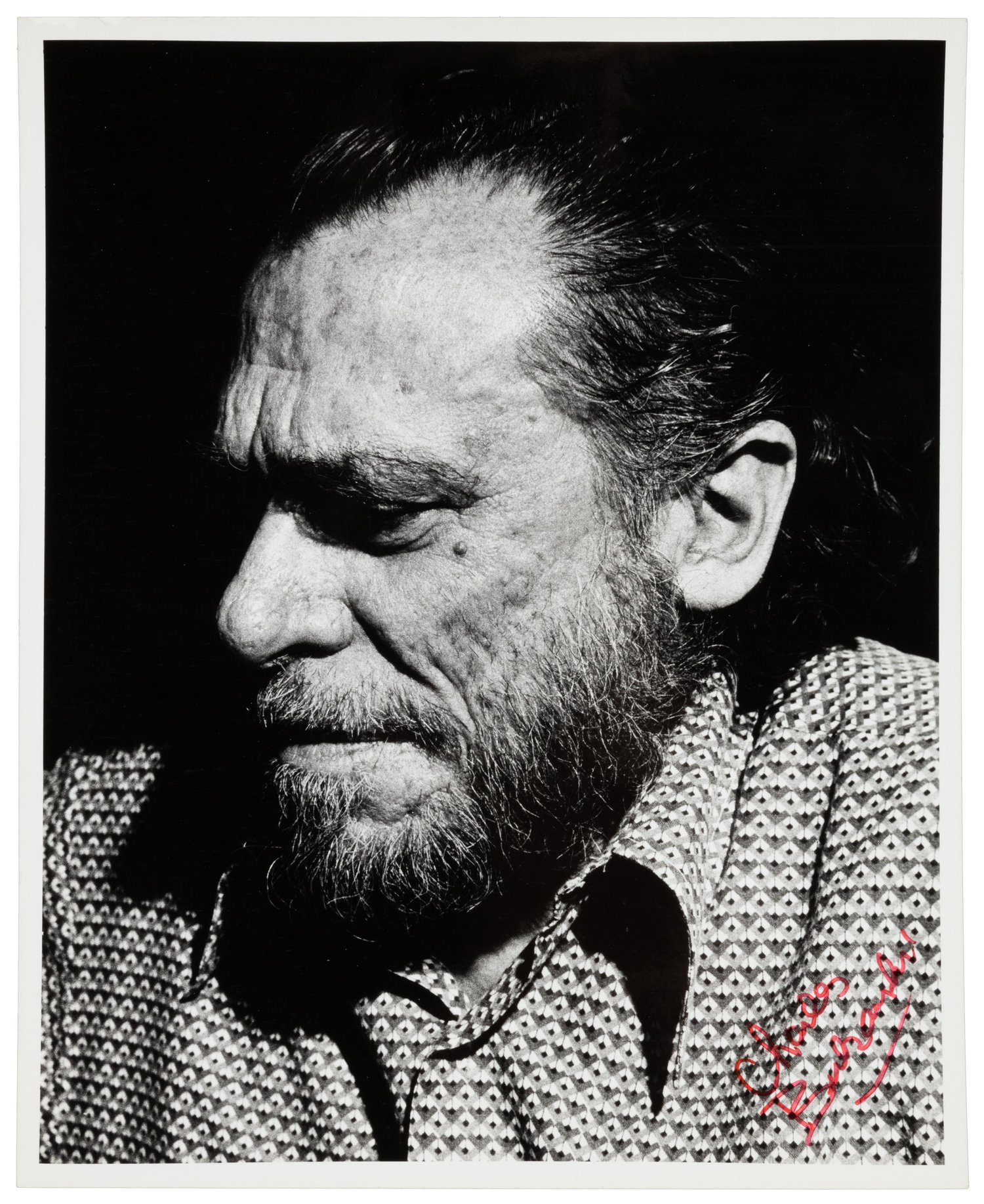Straightjackets, shackles, ropes, leg irons, jail cells, and locked crates, Houdini was open to it all. And it wasn’t just Houdini’s love of magic driving his escapes, it was his love for the audience. He savored those moments of connection. He said it was like they were bonded by a piece of thread.
Houdini worked long hours and spent his spare money on two things: magic books and paraphernalia. When he arrived in a new city, he wandered through old book stores adding to what has been called the largest magic library in the world.
He also spent money on self-promotion. Houdini wined and dined reporters, probably bribing a few along the way. He also hired ghostwriters to spin tales of his magic feats. He even hired horror novelist H.P. Lovecraft to write stories under the Houdini name. Posters were plastered all over town in the cities he performed.
“I knew, as everyone knows, that the easiest way to attract a crowd is to let it be known that at a given time and a given place someone is going to attempt something that in the event of failure will mean sudden death. That’s what attracts us to the man who paints the flagstaff on the tall building, or to the ‘human fly’ who scales the walls of the same building, Houdini said.”
Houdini accepted almost ever challenge made of him during his lifetime asking only that he be given 24 hours to work out his escape plan. He lived on the edge realizing every challenge was potentially career-ending for him.
“My chief task has been to conquer fear, he said. “The public sees only the thrill of the accomplished trick; they have no conception of the tortuous preliminary self-training that was necessary to conquer fear.”
The milk container escape act was probably one of Houdini’s favorite tricks. He would climb inside a steel drum filled with water. The lid would be padlocked shut with several locks and chains, and of course, after several minutes Houdini would escape unharmed. Adding to the suspense, Houdini invited members of the audience to hold their breath along with him.
“I always have on my mind the thought that next year I must do something greater, something more wonderful,” he said.
Houdini was born Ehrich Weisz on March 24, 1874 in Budapest, Hungary. In 1878, his family moved to the United States settling in Appleton, Wisc. From there they relocated to New York City in 1887.
Erik and his friend Jacob started the magic act calling themselves “The Brothers Houdini.”
Jacob left the act in 1893 and Harry’s wife Bess joined him. They became “The Houdinis.”
In a touch of final irony Harry died on Halloween in 1926 in Detroit, Mich.
“I am a great believe in mystery and magic,” he said. “Look at this life – all mystery and magic.”
On March 26, 2022, Potter & Potter featured the Salon de Magie: The Klosterman Collection Part II on the block.
Here are some current values for Houdini items.
Harry Houdini
Silver Print Photograph; Houdini Escape Challenge; shows him hanging upside-down at “The Times” building (Seattle); with a large crowd gathered on the street; Houdini attempts to wriggle free of a straitjacket; circa 1920s; 9 ½ inches by 7 ½ inches; $4,560.
Coin Casket; Houdini’s wooden casket with brass trim; four coins are placed in slots inside the box and as the lid is opened and closed repeatedly; the money vanishes one piece at a time, circa 1885; 3 inches by 3 inches; $7,200.
Photograph; Portrait; half-length; silver print; signed; circa 1915; 15 ½ inches by 13 inches; $7,800.
Houdini & (wife) Bess Oval Pocket Mirrors; one of Houdini, the other of his wife Bess; circa 1933; 2 ½ inches by 2 inches; $7,800.
Color Lithographed Poster; half-sheet; circa 1898; 34 inches by 27 ½ inches; $16,800.




